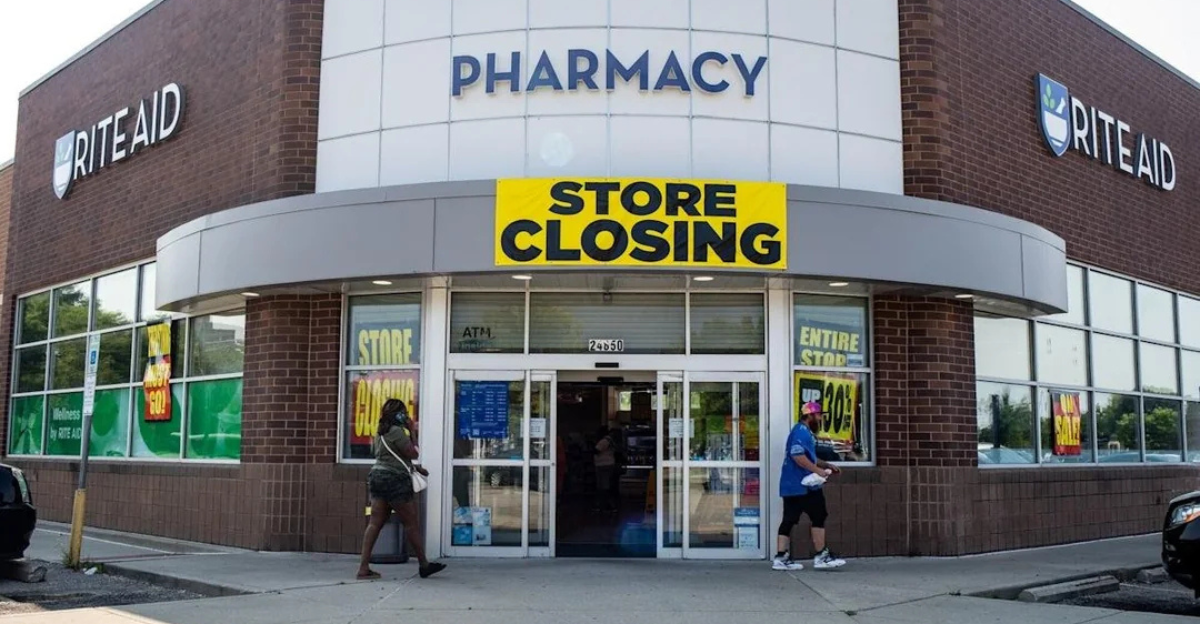
In recent years, several retail pharmacies across the United States have closed. This shift is sending tremors throughout the healthcare system and most seriously harming millions of people who lack easy access to life-saving medications and basic drugstore items. Major pharmacy chains, including CVS, Walgreens and Rite Aid, have taken thousands of stores off their books as financial pressures, changes in consumer behavior and ruthless competition bear down on the American retail landscape. These are more than just inconveniences; they have real public health implications, especially for underserved and rural populations.
Why Are Pharmacies Closing?
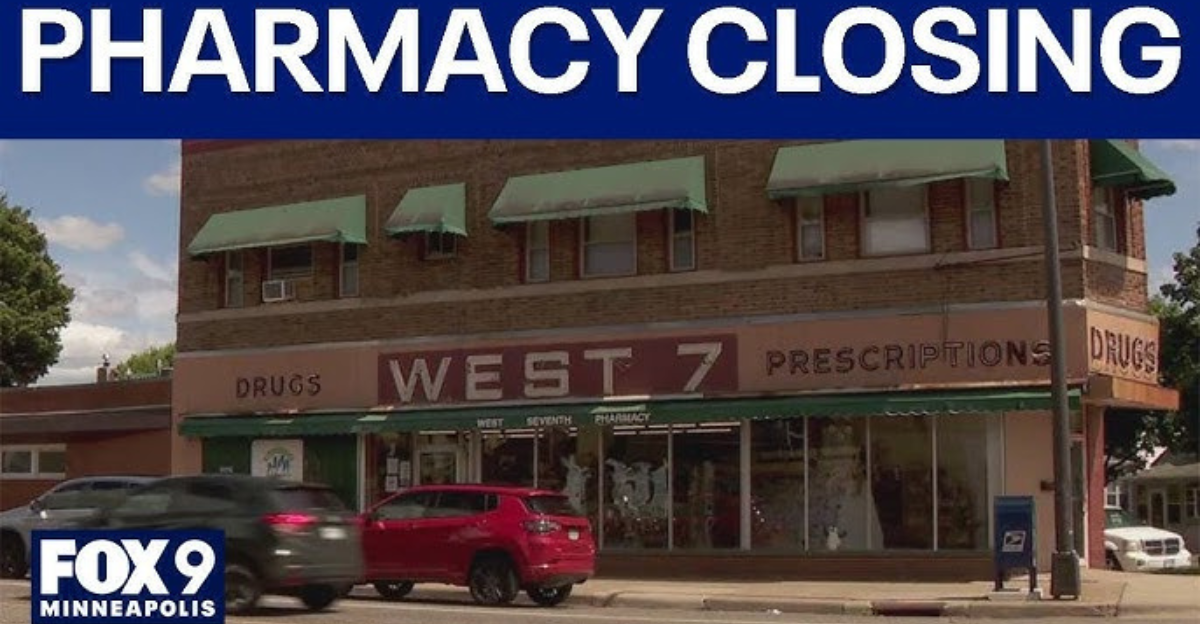
There are a variety of reasons for the wave of closures. One big factor: the sway of pharmacy benefit managers (PBMs), which are firms that administer drug benefits for insurance plans. PBMs commonly steer patients to a particular pharmacy, which is challenging for independent retailers.
Another issue is low reimbursement rates. Since pharmacies that serve a larger number of Medicaid and Medicare patients wind up getting paid less per prescription, they are unable to continue operating. The big chain pharmacies are also closing locations due to declining profits and increased expenses.
Finally, a failure of the government to act on PBM reform has put smaller pharmacies at the mercy of these market forces. When Congress failed to pass the reform in late 2024, more than 300 pharmacies closed in three months alone.
Who Is Being Affected?
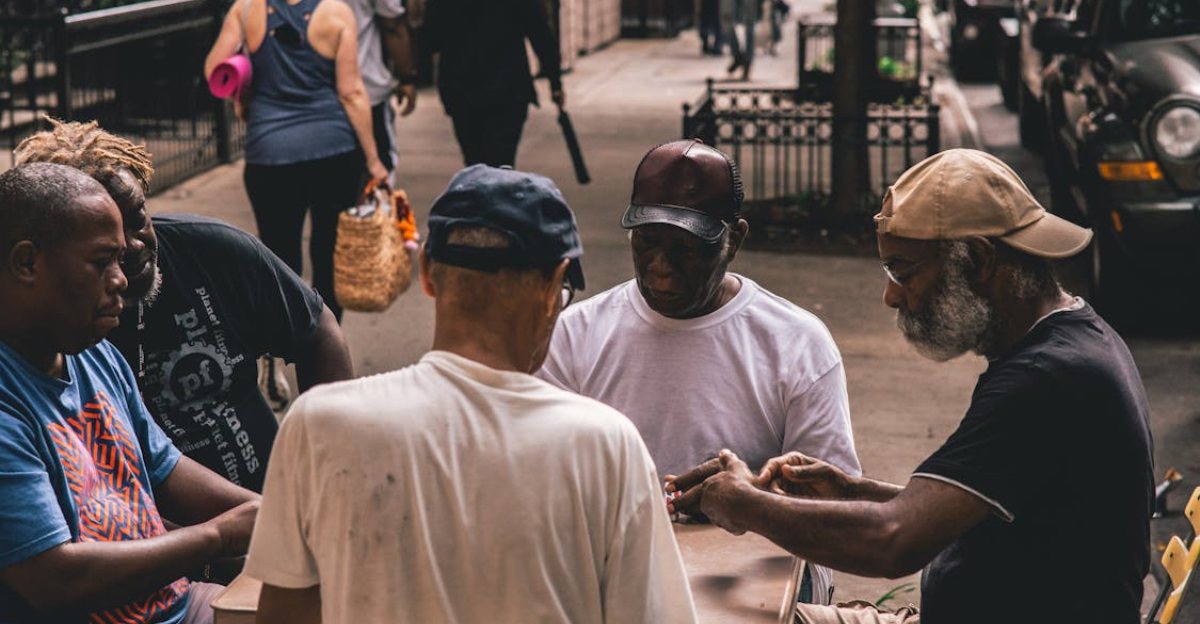
The impact of these closings is not spread throughout the country evenly. Rural regions, communities of color and low-income areas are bearing the brunt of it. Most of these places are becoming pharmacy deserts, areas in which people must travel more than 10 miles to reach a pharmacy. A recent study finds that nearly half of U.S. counties have at least one drugstore desert. There, individuals are far more likely to experience challenges in accessing the medications and medical care they require.
Dr. Omolola Adepoju, a University of Houston researcher, puts it simply: “Pharmacy closures disproportionately affect underserved neighborhoods, deepening existing health disparities.”
How Does This Affect Healthcare?
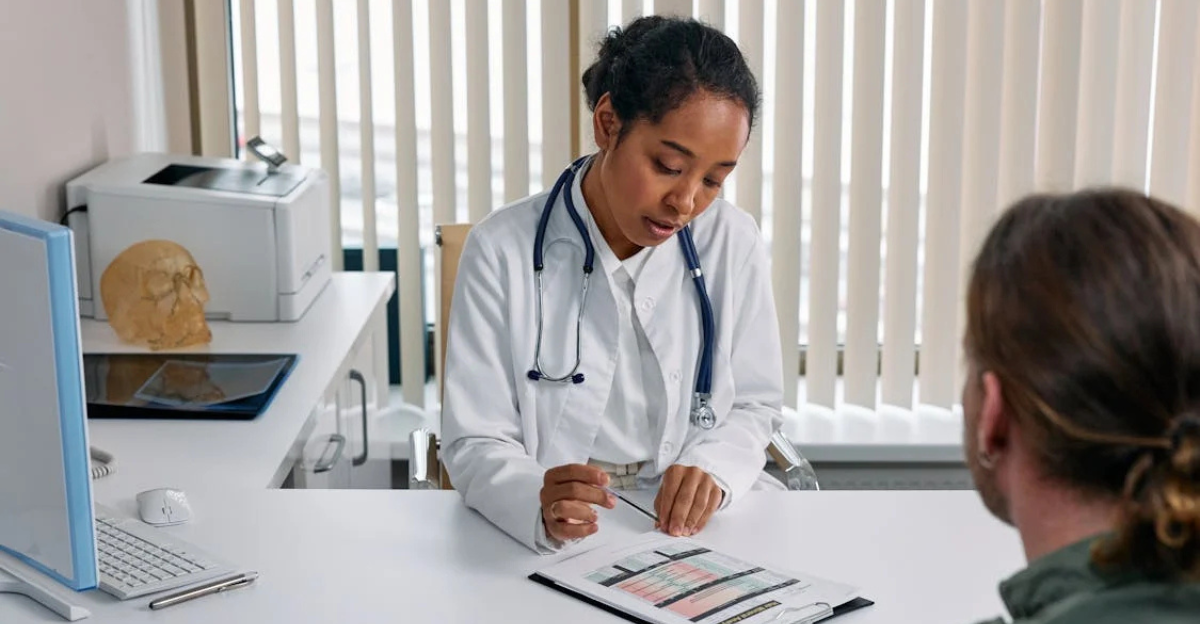
When a pharmacy closes, it starts a domino effect on its community’s healthcare system. Patients would become entirely dependent on their family doctor for everything from minor ailments, medication advice, to other mundane duties that would be better handled by a pharmacist. This further burdens doctors, resulting in long congestion delays and overcrowded clinics. As a matter of fact, specialists believe that closed pharmacies could mean up to an additional 20 million doctor visits per year.
Emergency rooms are also feeling the strain. Minor injuries or health concerns that pharmacists used to handle are now being referred to emergency departments. Studies show that up to 10% of emergency room visits could have been managed by a pharmacy, which means more time and resources are being used for cases that aren’t true emergencies.
Access to medicines will be the biggest issue. Pharmacies assist patients in regulating their medications and ensuring that they receive their medications in a timely manner. These patients would be completely without doses or have a hard time obtaining their medicine when the local pharmacy closes. If they have ongoing conditions like diabetes or high blood pressure, that will mean more hospital stays and poor health conditions.
In addition to the standard pharmacy services, they also offer public health services such as vaccinations, health screenings and smoking cessation programs. And when a pharmacy closes, those services cease to exist too, and that makes it more difficult for the public to stay healthy and spot problems at an early stage.
Potential Solutions
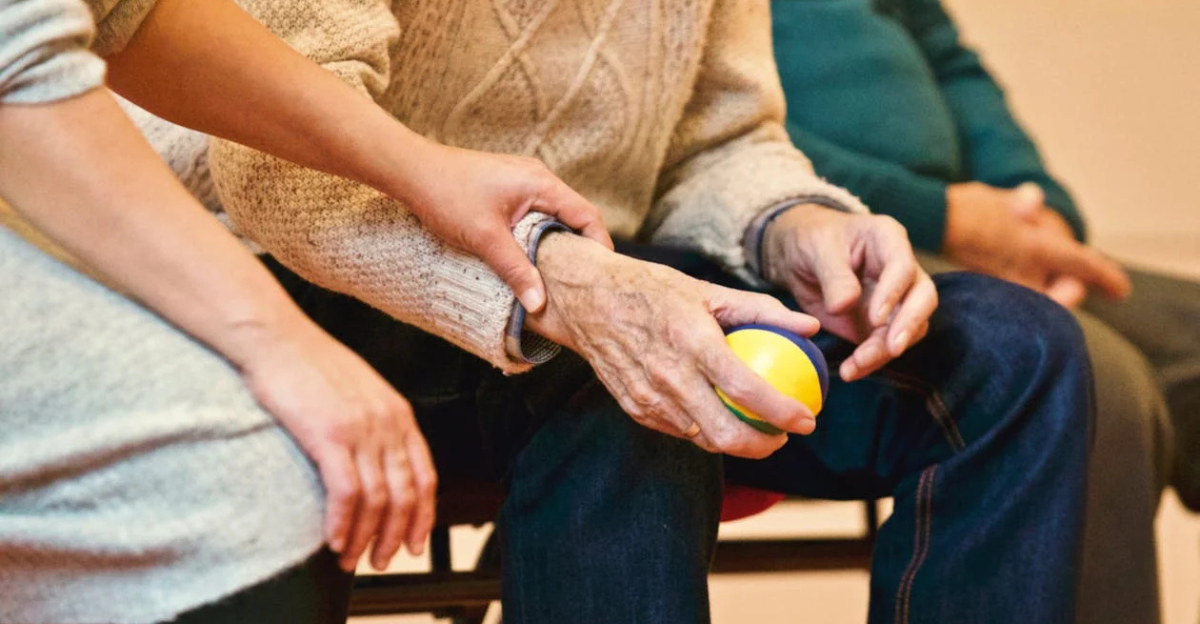
However, these problems facing our healthcare system are not unsolvable. To stop the healthcare gaps, we need to improve the system and take a multifaceted approach.
Support for Independent Pharmacies:
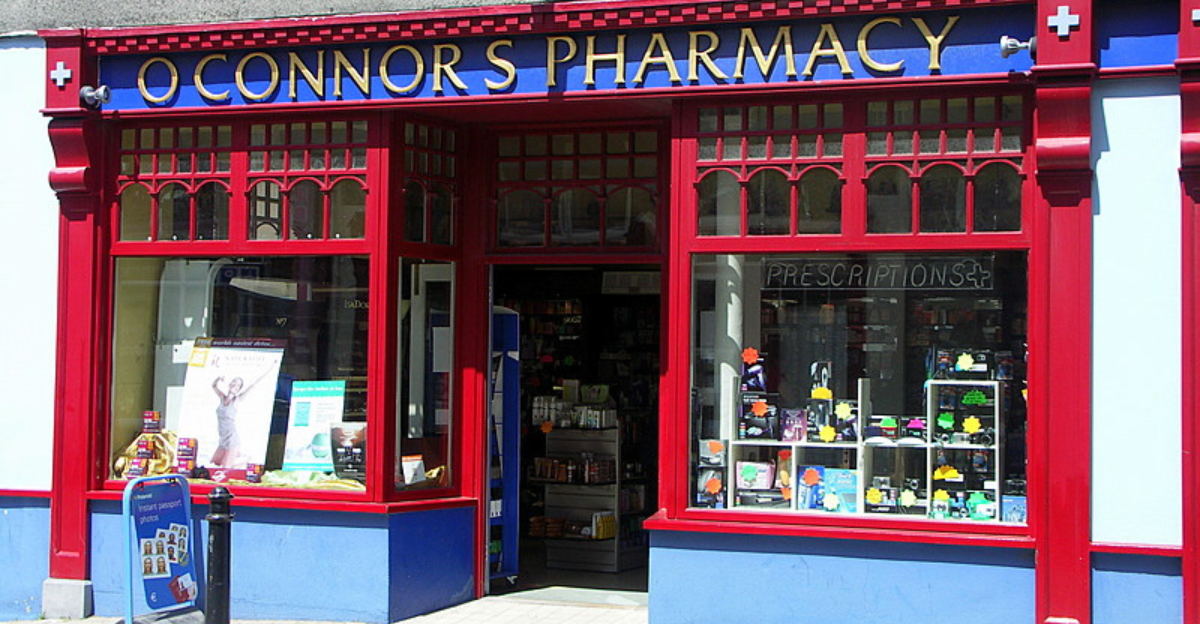
Small pharmacies often serve as a lifeline in rural towns. If the current policies were changed to give fair payments for prescriptions and services, these pharmacies could have a fighting chance and serve their communities better.
Expansion of Telepharmacy:
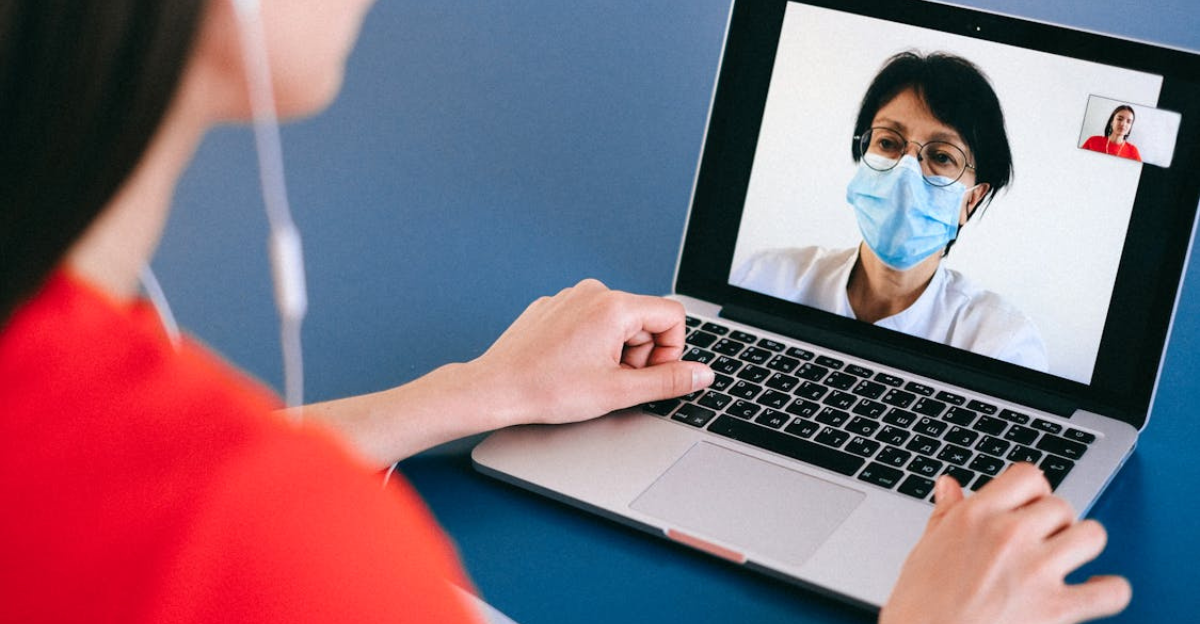
Telepharmacy allows patients to communicate with a licensed pharmacist through video conference and receive their medications through shipping or pick up locally. Currently, telepharmacy regulations vary across states. If these were more uniform, it would make it easier for more communities to receive access to medication.
Community Health Partnerships:

Pharmacies shouldn’t be expected to do this alone. Collaborations with nearby clinics, hospitals, nonprofits, and public health agencies would be an excellent place to begin. Community organizations and pharmacies also have the potential to partner to deliver information on medication safety, vaccine schedules, and chronic disease management.
Policy Interventions:
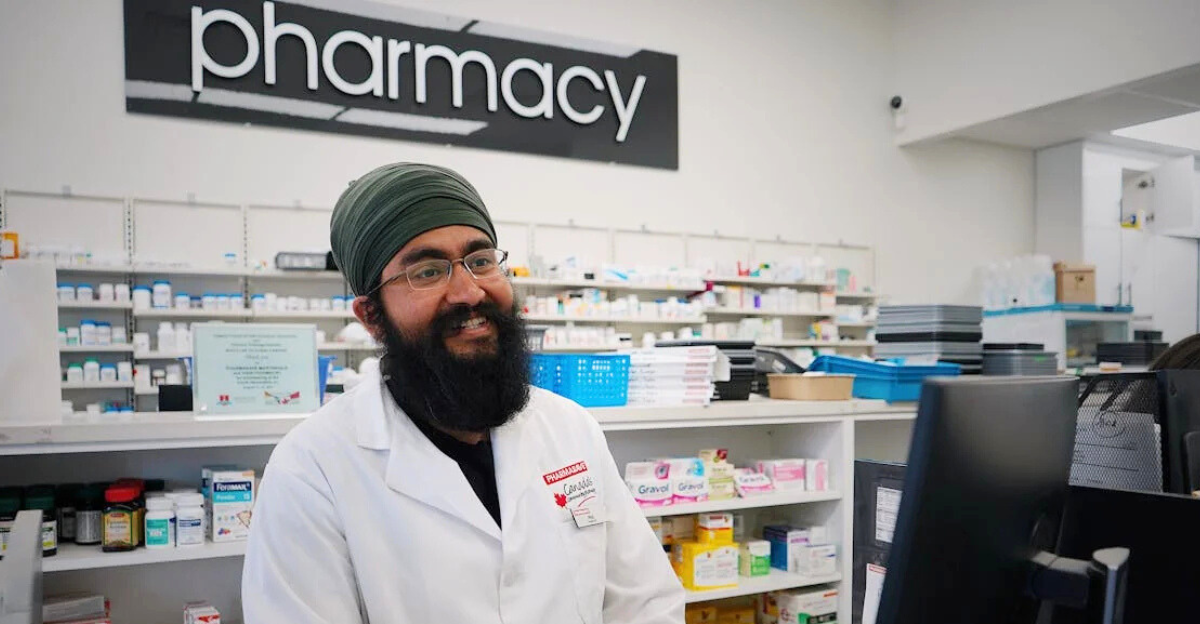
To address this issue at its root level, we need more help from the politicians. Changing Medicare and Medicaid policies so that pharmacists are paid for services, not just for filling prescriptions, would help pharmacists expand their businesses into more sustainable operations. Ultimately, passing laws that regulate pharmacy benefit managers (PBMs) will benefit pharmacies in the long run.
No Overnight Fix
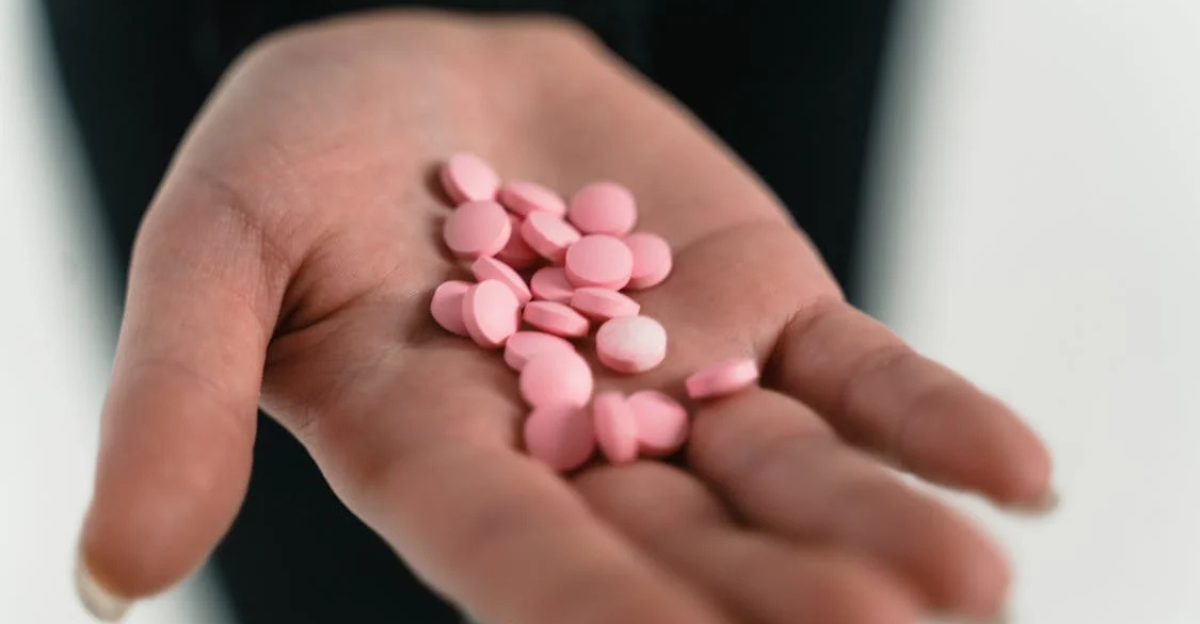
The closure of retail pharmacies is more than a business matter; rather, it is a public health emergency with the potential to exacerbate pre-existing health disparities. However, with pharmacies disappearing from neighborhoods, particularly those already marginalized, it’s even more vital that action is taken. Equal opportunities for all when it comes to pharmacy services are not just a matter of convenience; they are essential in a fully functional healthcare infrastructure.
And we can’t fix this overnight, but if we commit to the right solution now, we can ensure that everyone has real access to basic healthcare at their local pharmacy. Because this is not just about the loss of a store, it’s about the loss of access to lifesaving care.
Discover more trending stories and Follow us to keep inspiration flowing to your feed!

Craving more home and lifestyle inspiration? Hit Follow to keep the creativity flowing, and let us know your thoughts in the comments below!
